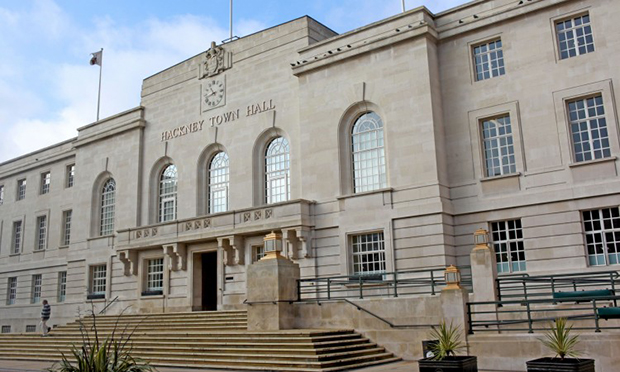Councillors call for mental health services to partner with gangs unit

Hackney councillors are set to recommend that its specialist unit tackling gang-related violence partner up with NHS mental health services.
The council’s Integrated Gangs Unit (IGU) currently has no dedicated mental health service, but a draft report by the influential Living in Hackney scrutiny commission is now suggesting it form a “referral pathway” with the NHS’ East London Foundation Trust.
The report was begun in September 2018 following an escalation in serious violent crime, and also calls for “greater involvement” in the unit’s work by the Town Hall’s children and families service, which the commission suggests could provide specialist psychological support.
Commission chair Cllr Sharon Patrick (Lab, Kings Park) said: “Gang activity accounts for very small shares of violent crime. However, gang-flagged
crime trends to be more violent in nature. Gang-related activity had also largely accounted for an increase in the most tragic incidents which were in evidence in the lead up to the review.
“Hackney’s Integrated Gangs Unit (IGU) is delivering excellent work. Its co-located model enables a joined up approach to addressing gang-related violence.
“Our recommendations are aimed at enabling more areas to contribute towards supporting the IGU cohort towards positive outcomes.”
Once the draft report is signed off, the commission is expected to ask Hackney Council to explore with the NHS the “feasibility” of its becoming a formal partner of the IGU.
Hackney has seen five killings so far this year, with 22-year-old Exauce Ngimbi fatally stabbed on 5 December in Clarence Mews in Lower Clapton.
The commission has reached the conclusion that reductions in police numbers has not prevented “an effective frontline response” to violence, but that the reductions leaves the response itself “unsustainable in the longer term.”
Councillors have also pointed out that the lowering in police numbers makes people feel less safe, which they say “in itself can be a driver of harmful behaviour.”
The draft report adds: “Greater use of stop and search across London formed an explicit part of the response to the escalation in serious violence.
“The use of stop and search powers – in particular no suspicion searches – are controversial and a source of concern.
“It is positive that the police’s engagement with the borough’s stop and search monitoring groups was reinvigorated under BCU Commander Sue Williams. It is vital that this continues.”
According to City Hall figures, gang-related activity accounts for five per cent of all knife crime with injury offences for 2016, though it often also results in some of the most serious forms of violence.
Borough-wide orders giving police wider stop and search powers saw a sharp increase in Hackney last year, with the borough seeing so-called ‘Section 60’ orders issued nine times between January and May 2018.
The commission began its work to respond to the escalation in serious violence following an upsurge of deaths between November 2017 and early April 2018, in which the borough saw what police confirmed were six gang-related murders.
Around the same time, Amnesty International released a report sharply criticising the Metropolitan Police’s use of the Gangs Violence Matrix, an intelligence tool which identifies and risk assesses gang members in every London borough.
Hackney’s IGU uses the local version of its Matrix, which reportedly contained the details 118 people at March of this year.
The commission has found that data management processes in Hackney with relation to the Matrix were in its view “exemplary,” going on to point out that Hackney is the only borough having Matrix information shared with it due to “the strengths of the processes in place, and its model being one of best practice.”
It is understood that other boroughs do not receive Matrix information from the Met due to “concerns on information management arrangements,” according to the commission.
The commission has received “high levels of assurance” from the IGU that people are only put on the Matrix with “corroborating evidence” to support the decision.
While the commission broadly praised the IGU in its draft report, it sounded a note of concern with regard to the unit’s “lack of transparency,” with the report finding that the unit had not been focused on the age group that early research and meetings had suggested.
The report reads: “The terms of reference for our review stated that 90 per cent of the IGU cohort were aged 18 or over.
“As the review progressed we gained an understanding that the IGU had a
greater focus on young people aged under 18, than was made clear at the start of it.
“If the lack of clarity which we encountered was replicated elsewhere,
this could hinder a joined-up response to issues. It is important that all those with roles to play in supporting people to move away from harmful behaviour – (including those being supported by the IGU) have clear information to enable this.”
The commission has urged the IGU to set up a webpage providing details of its work as a “starting point” towards greater transparency, as well as consulting residents on potentially changing its name due to the potential stigmatisation resulting from “the careless way in which the term gang is sometimes used.”
